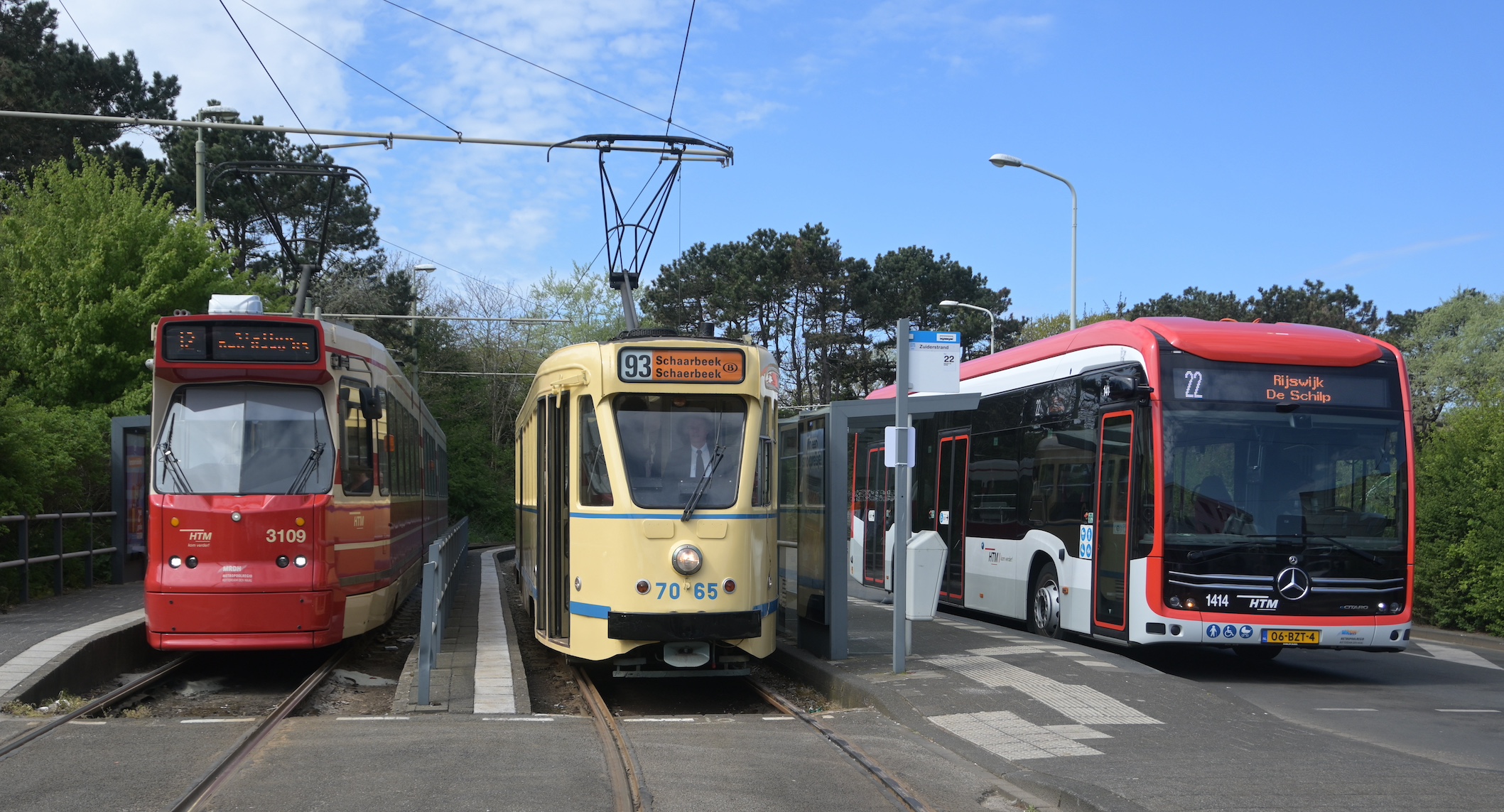Er komen weer verkiezingen, wat nu? #1
▼ In het najaar had ik nog geschreven dat ik dacht dat Kamala Harris de verkiezingen zou winnen. Mooi niet dus. En Donald Trump begon in gezwinde spoed allerlei heel onverstandige dingen.
Ondertussen zat ons eigen PVV/VVD/NSC/BBB-kabinet er bijna een half jaar, en die hadden nog niks voor elkaar gekregen na een half jaar genomen te hebben om een nietje te slaan door het eerste hoofdstuk van de vier verkiezingsprogramma's. In de maanden daarna kregen ze ook weinig voor elkaar, met de spoedasielwetten die de tweede kamer nog niet bereikt hebben en na wederom een nederlaag in een stikstofrechtszaak het plan om stikstof uit te stoten makkelijker in plaats van moeilijker maken... zucht.
En toen trok Geert Wilders er na elf maanden en een dag de stekker eruit. Met als gevolg dat we na nog eens vijf maanden wachten op 29 oktober weer naar de stembus kunnen om voor de derde keer in vijf jaar een nieuwe tweede kamer te kiezen.
Het leuke van deze periode voordat de campagne in de laatste week op z'n kookpunt komt is dat er alle ruimte is voor speculatie. Waar zullen de verkiezingen over gaan? Gaat er weer een nieuwkomer uit het (bijna) niets groot worden? Welke partijen gaan het goed doen, en welke juist niet? Welke coalities lijken mogelijk?
Laten we eerst eens wat peilingen van de eerste week na de val bekijken: Trends sinds de vorige verkiezingen van de peilingwijzer. Hier zien we:
- PVV: ging hard omhoog begin 2024 (terwijl in dezelfde periode NSC kelderde), maar sinds oktober langzaam omlaag, maar wel een recente tik omhoog, die direct ten koste van de VVD lijkt te gaan. Nu 31 zetels +/- 3.
- VVD: zakte begin 2024 vrij snel een eind in, maar daarna geleidelijk weer omhoog met een versnelling in februari/maart 2025. Dat vlakte in april weer af, om recent weer in te zakken. Nu 22 zetels +/- 3.
- NSC: hard omlaag tussen januari en maart 2024, daarna stabiel tot september en een nog hardere klap en daarna heel geleidelijk wegzakkend tot bijna niks. Nu 1 zetel +/- 1.
- BBB: geleidelijke daling sinds half januari 2024. Nu 3 zetels +/- 1.
- GroenLinks/PvdA: heel stabiel met een lichte steiging sinds begin 2024, maar zakt een heel klein beetje in de afgelopen maand. Deze partij komt wel vrij verschillend uit een aantal peilingen. Nu 27 +/- 2 bij de peilingwijzer, 30 bij Maurice de Hond.
- CDA: gestage en stevige opmars sinds begin 2024. Nu 19 zetels +/- 2.
- D66: stilstaand water. Nu 11 zetels +/- 1.
Dus vier partijen waarvoor het redelijkerwijs mogelijk is dat ze 25 of meer zetels kunnen halen. GL/PvdA en CDA (vast ook D66) sloten samenwerking met Geert Wilders gelijk uit. De VVD had een week nodig om tot die conclusie te komen. Dat betekent dus dat de enige combinatie die redelijkerwijs kan rekenen op een meerderheid GL/PvdA, CDA plus VVD is, wellicht nog aangevuld met D66.
Zoals het er nu naar uitziet wordt een kabinet met zowel VVD als GL/PvdA heel lastig. Dilan Yeșilgöz (VVD) stelt zich enorm vijandig op naar Frans Timmermans (GL/PvdA). Dit lijkt zowel persoonlijke antipathie als strategie te zijn: de kiezers die in 2023 overliepen van VVD naar PVV die zij nu graag wil terugwinnen gruwen van links in het algemeen en Timmermans in het bijzonder. Maar als ze dit nog 4,5 maanden volhoudt zullen zowel de persoonlijke verhoudingen bepaald slecht zijn alsook de mogelijkheid om geloofwaardig de draai te maken naar alsnog samen te werken verdampt.
Dus: wat is er mogelijk zonder dat GL/PvdA en VVD samen hoeven te werken? Het is zeker niet onmogelijk dat VVD + CDA samen ruim 55 zetels halen. Dan D66 erbij, en dan zou een minderheidskabinet gesteund door partijen als JA'21 en de SGP niet bij voorbaat onwerkbaar zijn.
Of een meerderheid over links. Daar zijn zelfs iets minder zetels voor een combinatie van GL/PvdA, CDA en D66 nodig omdat er er aan de linkerkant iets meer iets grotere kleine partijen zijn. En een links-midden minderheidskabinet kan ook voor steun van de VVD gaan.
Natuurlijk hangt dit alles sterk van de uitslag af. Van wat ik gezien heb lopen kiezers van zowel VVD als PVV bij de vorige verkiezingen niet over van enthousiasme om weer VVD te gaan stemmen. Het kan goed zijn dat Geert Wilders met "we werden tegengewerkt" goed zijn bestaande kiezers kan vasthouden. In elk geval qua voorkeur, maar de echte vraag is of ze ook de moeite zullen doen om te gaan stemmen. En het lijkt dat voor de rechtse kiezers het CDA dan nog iets van een veilige haven vormt.
Maar als beide minderheidsopties in principe werkbaar lijken, is het de vraag of CDA en D66 de voorkeur zullen geven aan rechts of links. Ik denk dat als alles verder gelijk is, ze liever over rechts zouden gaan, maar de VVD heeft zich van flink wat slechte kanten laten zien de afgelopen tijd, dus die partij een tijdje op het strafbankje parkeren kan wel eens een aantrekkelijke optie zijn.
Permalink - posted 2025-06-12



